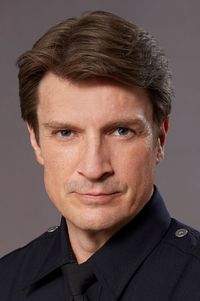Hedwig Eva Maria Kiesler, professionally known as Hedy Lamarr, was a trailblazing Austrian-born actress and innovative technology inventor who made a lasting impact in the entertainment industry and beyond.
Born on November 9, 1914, Lamarr's early life was marked by a brief film career in Czechoslovakia, where she gained notoriety for her role in the controversial 1933 film Ecstasy. However, she fled her first husband, a wealthy Austrian ammunition manufacturer, and secretly relocated to Paris, where she eventually met Louis B. Mayer, the head of Metro-Goldwyn-Mayer studio.
Mayer offered Lamarr a movie contract in Hollywood, and she quickly became a film star with her performance in Algiers (1938). Her subsequent MGM films, including Lady of the Tropics (1939),Boom Town (1940),H.M. Pulham, Esq. (1941),and White Cargo (1942),cemented her status as a Hollywood icon.
One of Lamarr's most notable roles was as Delilah in Cecil B. DeMille's Bible-inspired epic, Samson and Delilah (1949),which remains her greatest success. Additionally, she acted in several television productions before her final film appearance in The Female Animal (1958).
Lamarr's remarkable career was marked by her contributions to the war effort during World War II. Alongside avant-garde composer George Antheil, she developed a groundbreaking radio guidance system for Allied torpedoes that utilized spread spectrum and frequency hopping technology to counter the threat of jamming by the Axis powers.
This innovative system, which was later refined and adapted for use in modern communication technologies, laid the foundation for the development of Bluetooth technology. Lamarr's pioneering work in this field has made her a celebrated figure in the world of science and technology.
In recognition of her outstanding achievements, Lamarr was honored with a star on the Hollywood Walk of Fame in 1960. Her remarkable story serves as a testament to the power of innovation, creativity, and perseverance, inspiring generations to come.




























































